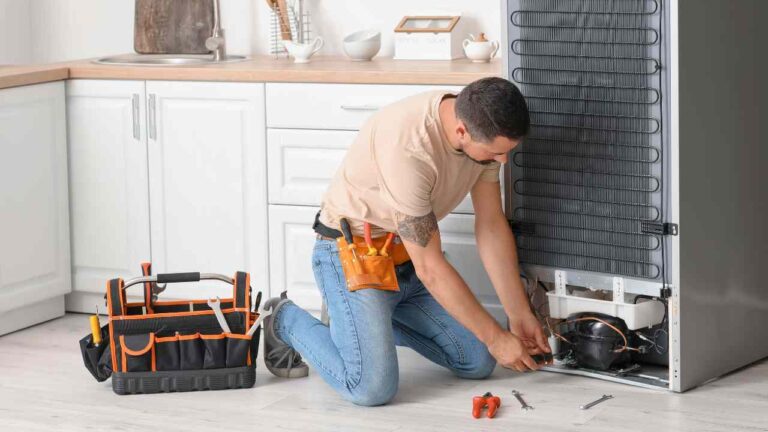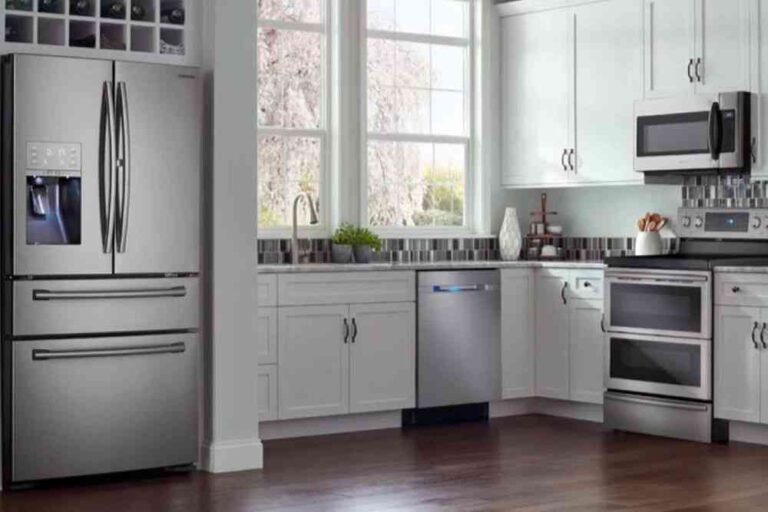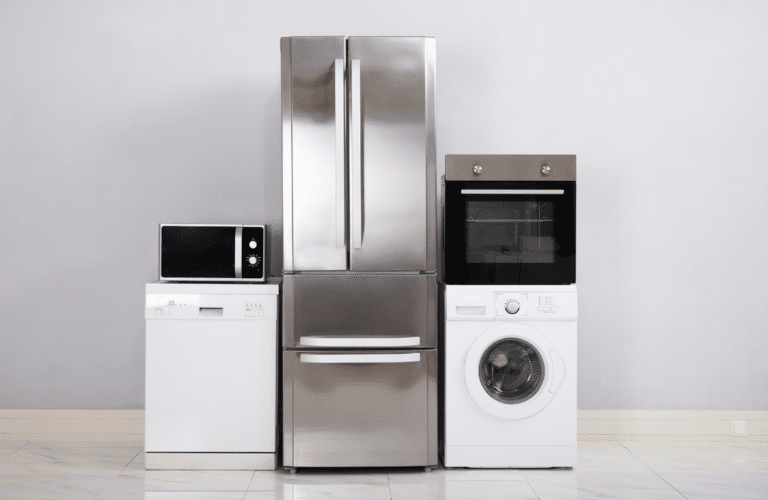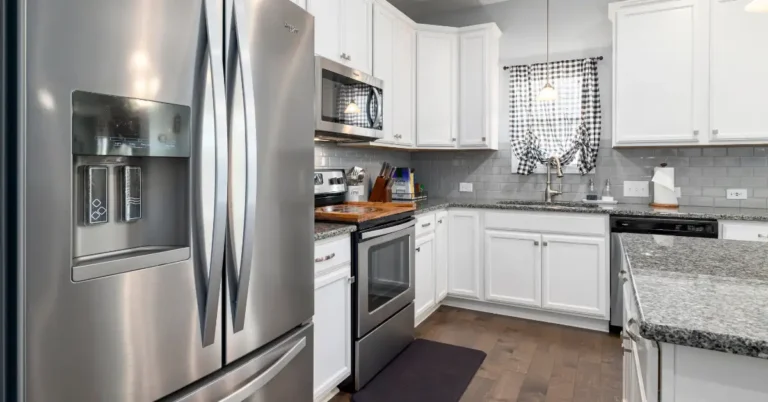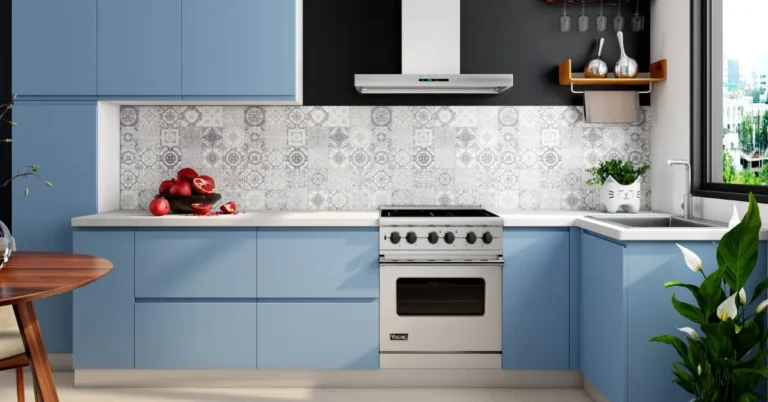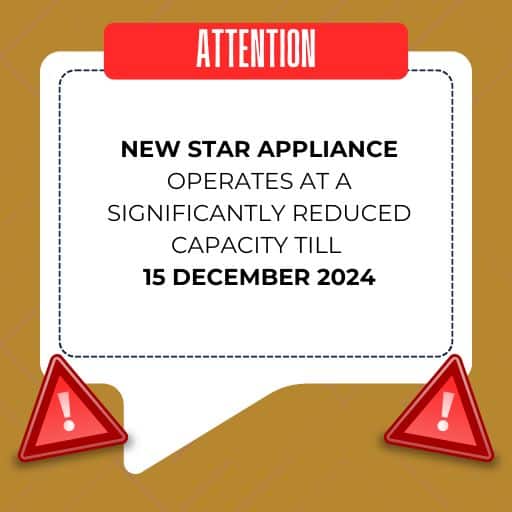Deciding whether to repair or replace a dryer can be a challenging problem. For many households, drying clothes is an essential part of the household routine, which makes this decision even more critical. This guide will help you navigate common mistakes and key considerations involved in dryer repair, ensuring you make the best choice for your needs.
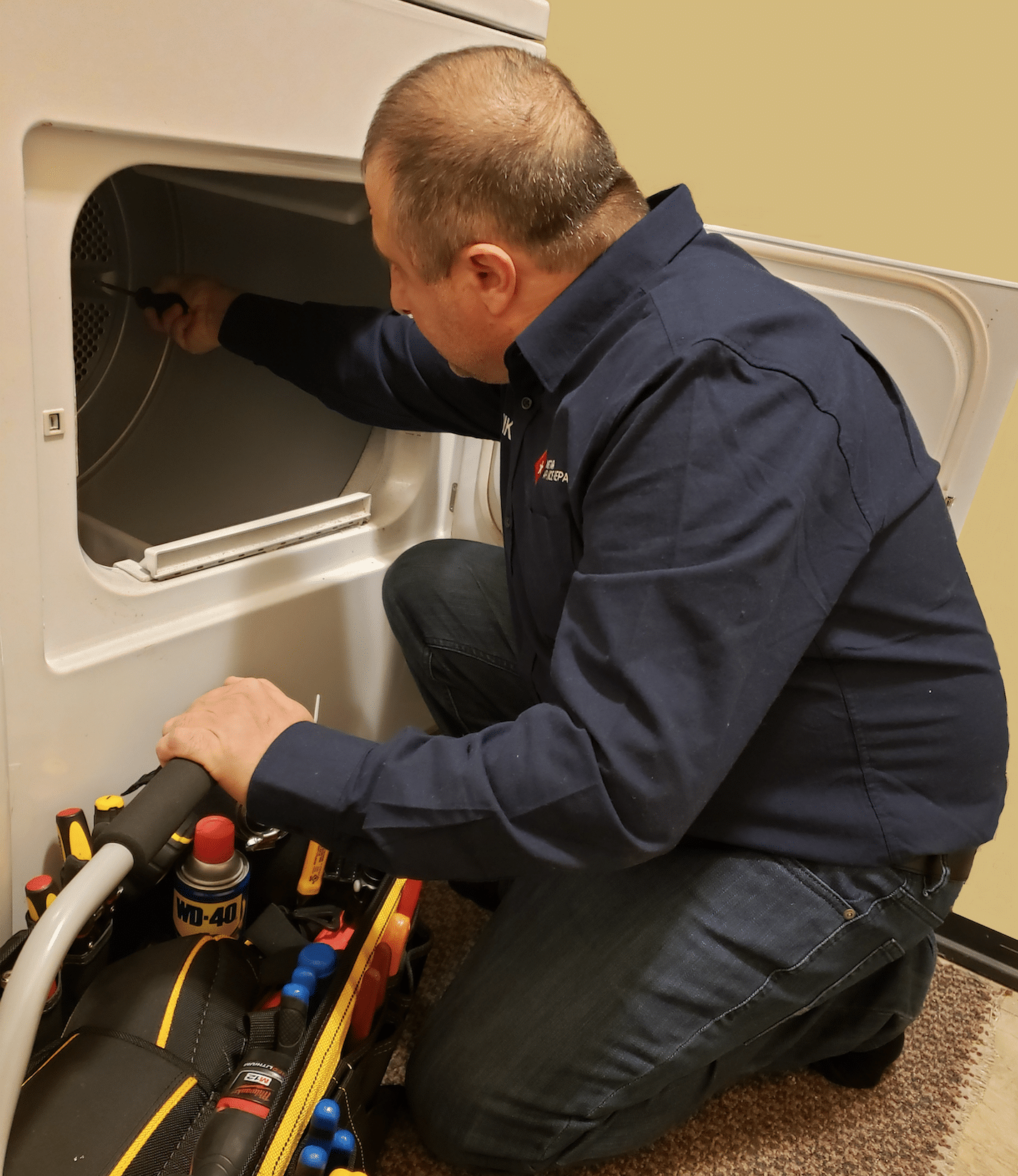
When to Replace a Dryer?
The lifespan of a dryer typically ranges from 10 to 15 years. However, several factors can influence and affect your decision to change the dryer.
Age of the Dryer: Replacement might be more cost-effective (compared to repairs) if your dryer is close to or beyond its average lifespan and experiencing frequent breakdowns.
Cost of Repairs: A good rule of thumb is that if the cost of repairs exceeds 50% of the cost of a new dryer, it might be more economical to replace it.
Energy Efficiency: New models are often more energy-efficient, which can save you money on utility bills in the long run.
Repair History: Dryers that have needed multiple repairs in the past are likely to have some crucial issues that will require more repairs in the future.
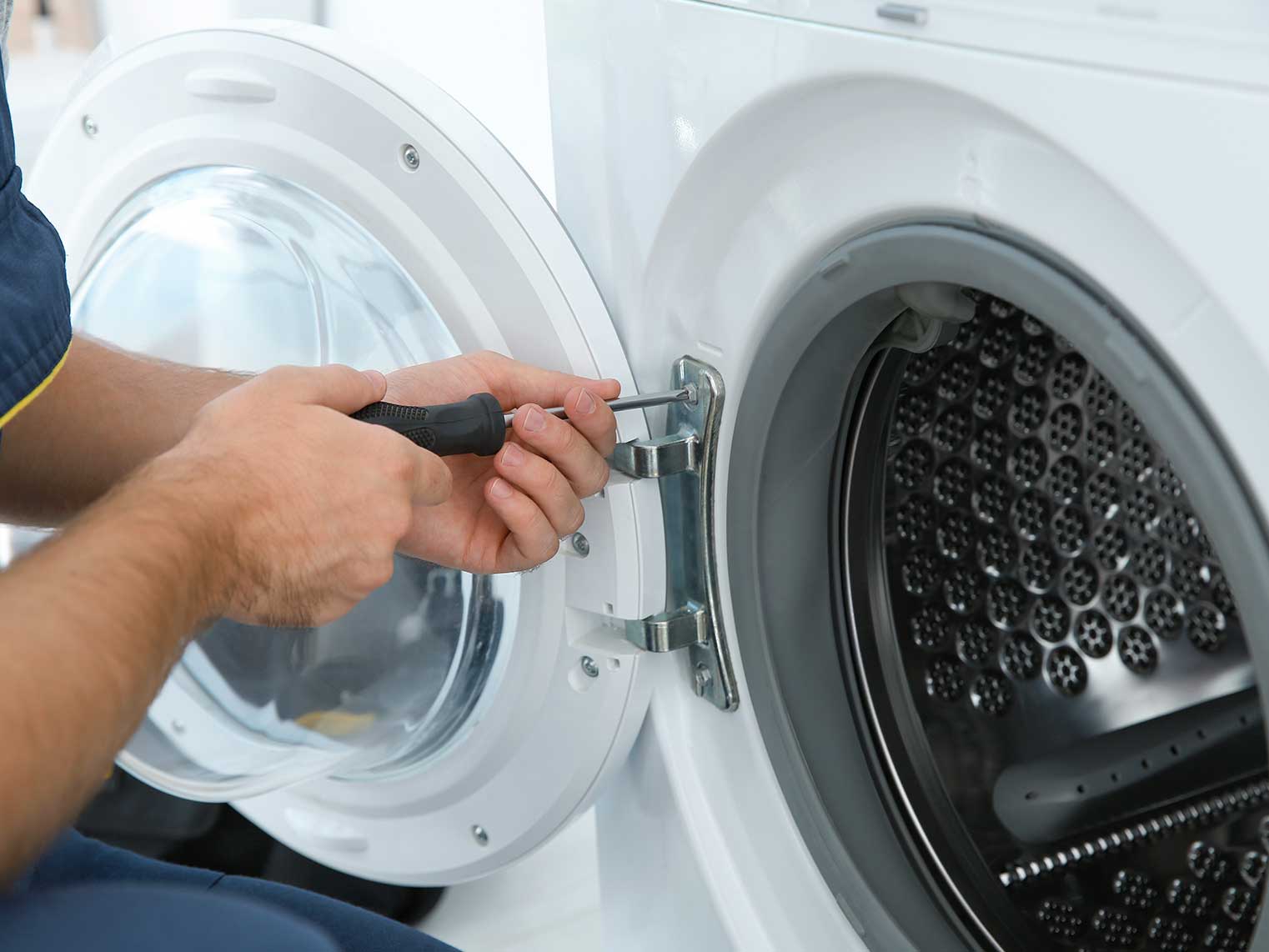
Is It Better to Replace or Repair a Dryer?
Regardless if it’s Samsung or whirlpool dryer, the decision to repair or replace a dryer hinges on a few key considerations:
Cost: Compare the immediate repair costs with the long-term benefits of a new one, including energy efficiency and fewer repair needs.
Convenience: Sometimes, the decision may come down to how critical the appliance is to your daily routine and how quickly a solution is needed. Replacing your cloth dryer with a new one is usually the faster option.
Warranty: Check if your dryer is still under warranty, as this might cover some of the repair costs.
If you’re facing a dilemma, consulting with a professional like those at New Star Appliance Repair can provide personalized advice based on your specific circumstances.

What Usually Goes Wrong with a Dryer?
Understanding common dryer problems can help you make an informed decision about whether to repair or replace:
Failed Heating Elements: If your clothes aren’t drying properly, the heating element might be the problem. This is one of the more straightforward and cost-effective repairs.
Worn-Out Belts: A squeaking or thumping sound can often be traced back to a worn belt, which is relatively inexpensive to replace.
Malfunctioning Sensors: Modern dryers use sensors to control temperature and drying time. Faulty sensors can lead to inefficient operation and are relatively difficult to replace or recheck.
Blocked Vents: Lint build-up can block vents, leading to potential safety problems and sometimes faulty behavior. Regular maintenance can prevent these issues. Unblocking of the vents should be relatively straightforward.
At New Star Appliances Repair, we’re your go-to for appliance repairs.
Our team is ready to assist with any issue, from a loud refrigerator to a washing machine that won’t turn on.
Call us 24/7 for Same Day Appliance Repair Services!
When to Consider Replacing an Appliance?
The lifespan of home appliances typically ranges from 10 to 15 years, depending on the type and frequency of use. If an appliance is nearing the end of its lifespan and begins experiencing recurring issues, it may be more cost-effective to replace it rather than keep repairing it. Replacing an appliance that requires frequent repairs or isn’t functioning efficiently can save money in the long term, especially when considering potential energy savings from newer, more efficient models. In some cases, if the cost of repair exceeds the cost of a new unit, replacement may be the best choice.
Common Issues That Affect Home Appliances
Home appliances often face common problems as they age or undergo wear and tear from regular use. These issues can include malfunctioning components, faulty sensors, or worn-out parts that affect the overall function. For instance, appliances that aren’t heating properly or are making unusual noises may have internal issues that need to be addressed. Additionally, problems like blocked vents or build-ups in the appliance can lead to inefficiency or safety concerns. Regular maintenance, such as cleaning vents and checking internal components, can prevent some of these problems, but repeated failures may signal it’s time to consider a replacement.


